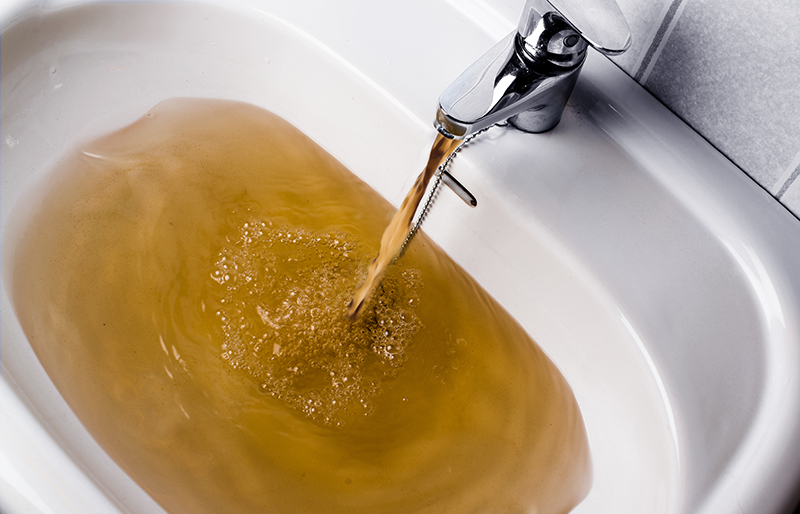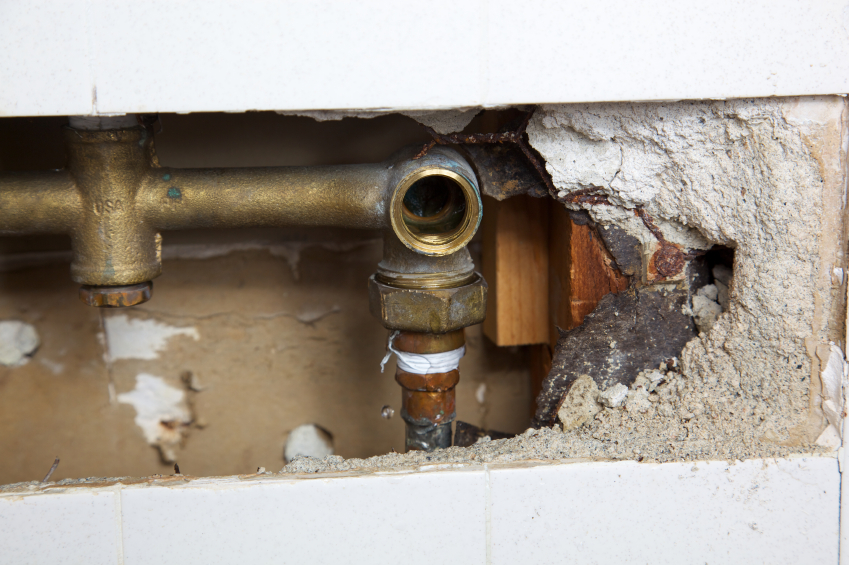Professionals: Typical Home Appliance Troubles That Call For a Plumbing Professional's Attention
Professionals: Typical Home Appliance Troubles That Call For a Plumbing Professional's Attention
Blog Article
The publisher is making a number of great points about Diagnose Unwanted Plumbing Noises as a whole in this great article below.

To identify loud plumbing, it is essential to determine initial whether the unwanted audios happen on the system's inlet side-in various other words, when water is turned on-or on the drainpipe side. Noises on the inlet side have differed causes: too much water pressure, used shutoff as well as tap parts, incorrectly connected pumps or other devices, incorrectly put pipeline fasteners, and also plumbing runs containing way too many tight bends or other constraints. Noises on the drain side normally stem from bad area or, as with some inlet side noise, a format containing limited bends.
Hissing
Hissing sound that occurs when a faucet is opened somewhat usually signals excessive water pressure. Consult your regional public utility if you suspect this problem; it will certainly have the ability to inform you the water stress in your location as well as can set up a pressurereducing valve on the incoming water supply pipeline if needed.
Various Other Inlet Side Noises
Creaking, squeaking, scratching, breaking, as well as tapping usually are brought on by the growth or contraction of pipelines, normally copper ones supplying hot water. The noises happen as the pipes slide versus loose fasteners or strike nearby residence framework. You can frequently pinpoint the area of the issue if the pipes are revealed; just follow the noise when the pipes are making sounds. Probably you will uncover a loosened pipe wall mount or a location where pipes exist so near to floor joists or various other framing items that they clatter versus them. Attaching foam pipeline insulation around the pipes at the point of call must remedy the trouble. Be sure bands as well as hangers are safe and secure as well as provide appropriate support. Where feasible, pipe bolts must be attached to large structural aspects such as foundation wall surfaces instead of to mounting; doing so lessens the transmission of vibrations from plumbing to surface areas that can enhance and move them. If affixing fasteners to framework is unavoidable, cover pipes with insulation or various other resilient product where they contact fasteners, and also sandwich the ends of brand-new fasteners between rubber washing machines when installing them.
Dealing with plumbing runs that deal with flow-restricting tight or many bends is a last resource that ought to be taken on only after seeking advice from an experienced plumbing specialist. Unfortunately, this circumstance is rather common in older homes that might not have been developed with interior plumbing or that have seen a number of remodels, particularly by beginners.
Chattering or Shrieking
Intense chattering or shrilling that occurs when a valve or tap is switched on, which usually vanishes when the installation is opened totally, signals loose or faulty inner components. The solution is to replace the shutoff or tap with a new one.
Pumps and home appliances such as cleaning equipments and dishwashing machines can move electric motor sound to pipes if they are incorrectly linked. Connect such things to plumbing with plastic or rubber hoses-never rigid pipe-to isolate them.
Drainpipe Noise
On the drain side of plumbing, the principal objectives are to remove surfaces that can be struck by falling or rushing water as well as to protect pipelines to have inescapable sounds.
In new construction, tubs, shower stalls, bathrooms, as well as wallmounted sinks and also containers need to be set on or versus resistant underlayments to reduce the transmission of sound through them. Water-saving toilets as well as faucets are less noisy than traditional designs; mount them rather than older kinds even if codes in your location still allow utilizing older components.
Drains that do not run up and down to the cellar or that branch right into horizontal pipe runs supported at floor joists or other framing present particularly problematic noise problems. Such pipes are large enough to emit substantial resonance; they additionally bring considerable quantities of water, which makes the circumstance worse. In new building and construction, specify cast-iron dirt pipelines (the huge pipelines that drain pipes bathrooms) if you can afford them. Their massiveness includes a lot of the sound made by water travelling through them. Likewise, prevent directing drainpipes in walls shared with rooms and also spaces where people gather. Wall surfaces having drains ought to be soundproofed as was explained earlier, using dual panels of sound-insulating fiber board as well as wallboard. Pipes themselves can be covered with unique fiberglass insulation produced the purpose; such pipelines have a resistant plastic skin (in some cases having lead). Outcomes are not always acceptable.
Thudding
Thudding sound, commonly accompanied by trembling pipes, when a tap or home appliance valve is turned off is a problem called water hammer. The noise and resonance are triggered by the reverberating wave of stress in the water, which all of a sudden has no place to go. Often opening a shutoff that releases water rapidly right into an area of piping containing a constraint, elbow joint, or tee installation can create the same problem.
Water hammer can usually be healed by installing installations called air chambers or shock absorbers in the plumbing to which the issue valves or taps are connected. These gadgets allow the shock wave produced by the halted flow of water to dissipate airborne they contain, which (unlike water) is compressible.
Older plumbing systems might have short upright sections of capped pipe behind wall surfaces on faucet competes the exact same purpose; these can ultimately loaded with water, decreasing or destroying their efficiency. The remedy is to drain pipes the water system entirely by turning off the major supply of water shutoff as well as opening up all faucets. Then open up the primary supply shutoff and shut the faucets one by one, beginning with the faucet nearest the shutoff and ending with the one farthest away.
If Your Plumbing is Making These Sounds, There’s a Problem
A Bang or Thump When You Turn Off a Faucet
If a loud bang or thump greets you each time your turn off running water, you likely have a water hammer. A water hammer occurs when the water velocity is brought to a halt, sending a shock wave through the pipe. It can be pretty jarring — even worse, damaging to your plumbing system. All that thudding could loosen connections.
Strange Toilet Noises
You’re so familiar with the sounds your toilet makes that your ears will be attuned to anything out of the ordinary. Fortunately, most unusual toilet noises can be narrowed down to just one of several problems.
Foghorn sound:
Open the toilet tank Flush the toilet When you hear the foghorn noise, lift the float to the top of the tank If you’re ambitious, you can remove the ballcock valve and disassemble it to replace the washer. Or you can more easily replace the ballcock valve entirely. This device is relatively inexpensive and available at most any hardware store.
Persistent hissing:
The hissing following a flush is the sound of the tank filling. It should stop once the tank is full. But if the hissing continues, it’s likely because water is leaking out of the tank. The rubber flap at the bottom of the tank can degrade, letting water slip through and into the bowl. That’s why the tank is refilling continuously. Fortunately, this is an easy fix:
Cut the water to the toilet by closing the shutoff valve on the water supply line. Flush the toilet to drain the tank. Disconnect the flapper Attach the new flapper Gurgling or bubbling:
Gurgling or bubbling suggests negative air pressure in the drain line, likely resulting from a clog. As air releases, it causes the water in the toilet to bubble. This could either be a minor issue or a major one, depending on the clog’s severity. Clogs can be caused by toilet paper or more stubborn obstructions such as tree roots. If you can’t work out the clog with a plunger, contact a professional plumber for assistance because a clog of this magnitude could lead to filthy and unsanitary sewage backups in your sink bathtub.

Hopefully you enjoyed reading our section about Why is My Home Making Strange Plumbing Noises. Thanks so much for finding the time to read our piece. Are you aware of somebody who is involved in the topic? Please feel free to share it. Thank-you for going through it.
Book Report this page